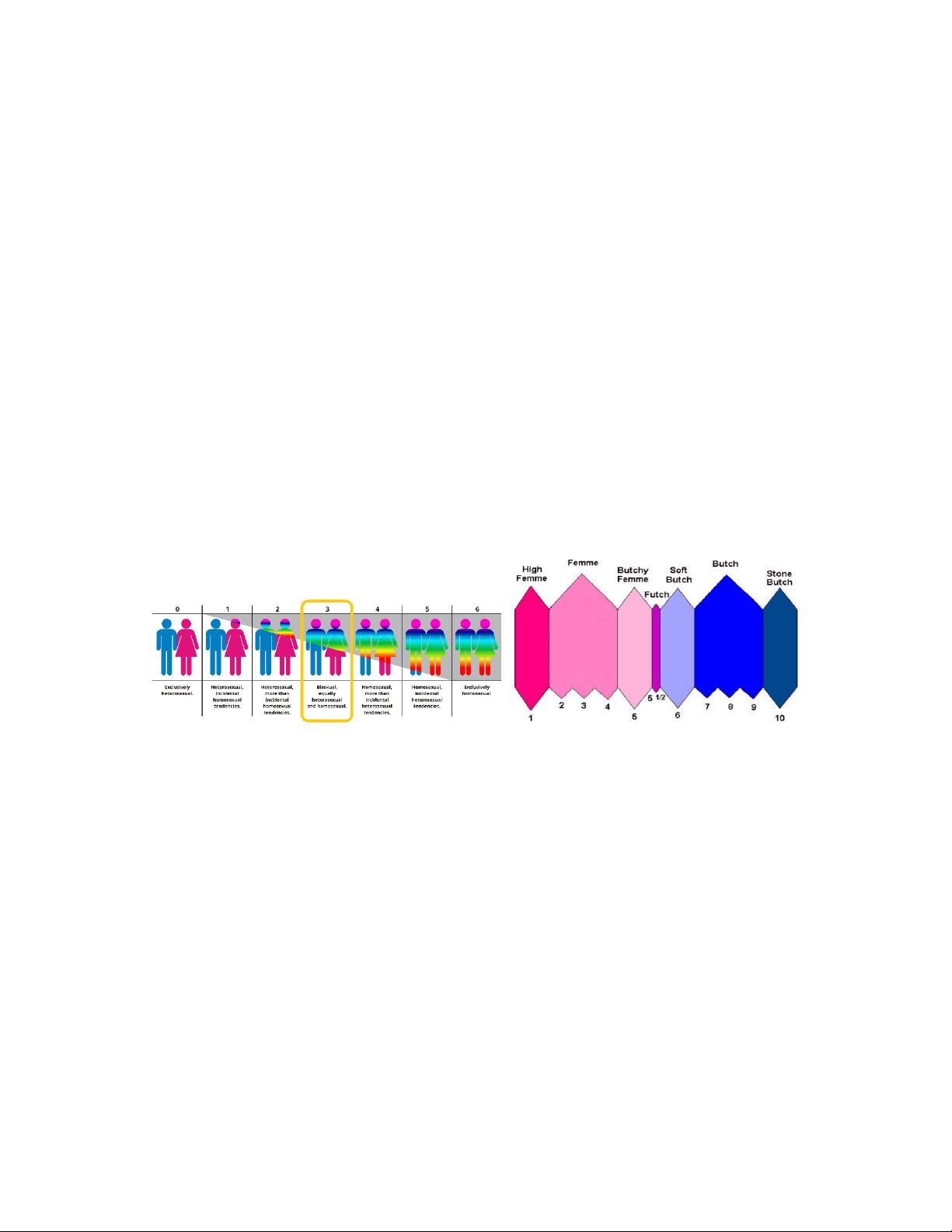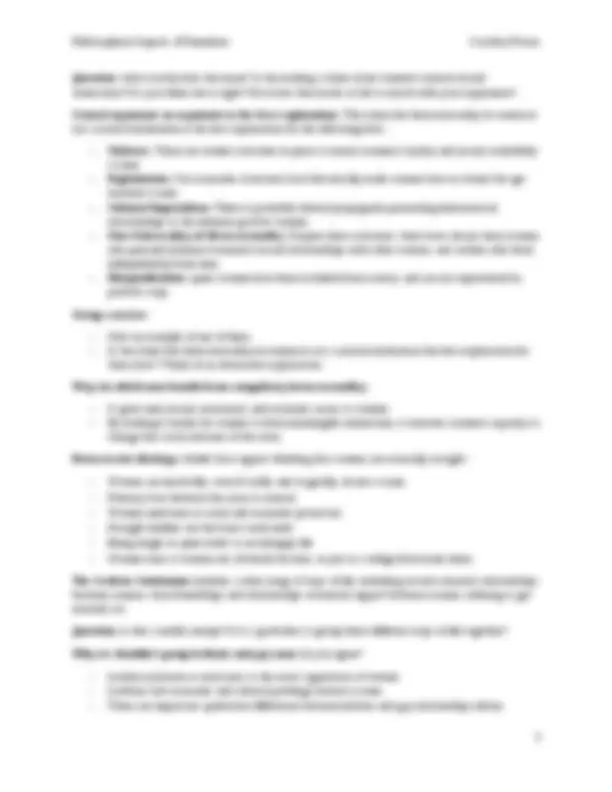



Study with the several resources on Docsity

Earn points by helping other students or get them with a premium plan


Prepare for your exams
Study with the several resources on Docsity

Earn points to download
Earn points by helping other students or get them with a premium plan
Community
Ask the community for help and clear up your study doubts
Discover the best universities in your country according to Docsity users
Free resources
Download our free guides on studying techniques, anxiety management strategies, and thesis advice from Docsity tutors
The philosophical aspects of feminism through the lens of heteronormativity, sexual orientation, and oppression. The author, carolina flores, discusses the intersection of heteronormativity and sexism, the ways in which queer women are oppressed, and the socially constructed nature of sexuality. The document also covers important concepts such as sexual orientation, sexual identity, and the lgbtq+ label, and examines the historical and contemporary oppression faced by individuals identifying as lgbtq+.
Typology: Exercises
1 / 2

This page cannot be seen from the preview
Don't miss anything!


Philosophical Aspects of Feminism Carolina Flores 1
Questions:
Central claim: heterosexuality in women is not a natural inclination; instead, heterosexuality is a political institution that partly constitutes the oppression of women: by removing the capacity to choose the place of sexuality in one’s life, and by putting women at the service of men.
Philosophical Aspects of Feminism Carolina Flores 2 Question : what exactly does she mean? Is she making a claim about women’s natural sexual orientation? Do you think she is right? How does this match or fail to match with your experience? Central argument: an argument to the best explanation. The claim that heterosexuality in women is not a natural inclination is the best explanation for the following facts: